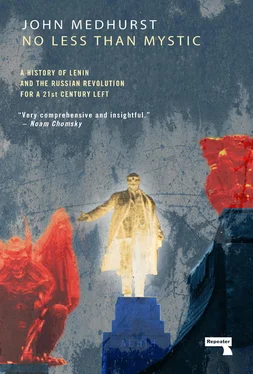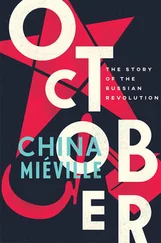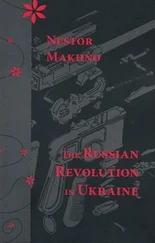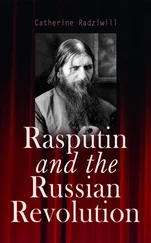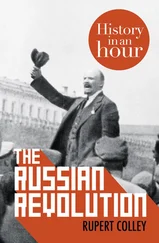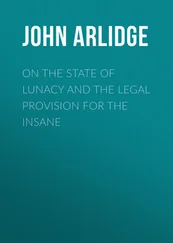Kautsky ended by considering what the invasion meant for future socialist progress. He drew a parallel between the corruption of the Russian Revolution by the Bolsheviks and the degradation of the French Revolution by Napoleon:
The close parallel which exists between the course which the Russian Revolution has hitherto followed and that of the great French Revolution must not blind us to the differences between the two events […] Although French Bonapartism constituted a strong reaction from the Republic, its policy of expansion brought many improvements to the rest of Europe. The present Moscow Bonapartism is not only reactionary in relation to the proletarian revolution of Russia, out of which it arose, but even more so in comparison with the proletarian movements of the rest of Europe, which it seeks to fetter. 11
Within a few years Trotsky would advance the concept that in the 1920s Soviet Russia had undergone a form of “Thermidor” (the period of the French Revolution in which the conservative Thermidorians ousted Robespierre and the Jacobins, presaging the emergence of Bonapartism) as an explanation of the rise of the Stalinist bureaucracy. It was therefore no small irony that Trotsky was given the task of responding to Kautsky. The resulting work, Between Red and White: Social Democracy and the Wars of Intervention (1922), was not his finest. Most of Red and White avoids the question of the nature and policies of the Menshevik regime and the extent of its support by the Georgian working class. It concentrates instead on the wider canvass of foreign intervention in the Russian Civil War and the hypocrisy of social democrats like Henderson or Vandevelde to criticise the Soviet Union and the Third International. It was a dazzling display of intellectual pyrotechnics, but in a bad cause, and Trotsky knew it.
The attempted military expansion of the Revolution, whether in the form of the march on Warsaw, the revolutionary proclamations made at Baku, or the invasion of Georgia, was partly to offset its complete collapse at home. Many working-class activists were now bitter and disenchanted. As soon as she arrived in Petrograd in early 1920, Emma Goldman escaped her official Soviet minders and went in search of the real Russian working class. Taken at night to a secret meeting of Petrograd’s few surviving anarchists, she heard “a recital of the betrayal of the revolution by the Bolsheviki”. She reported that:
Workers from the Baltic factories spoke of their enslavement, Kronstadt sailors voiced their bitterness and indignation against the people they had helped to power and who had become their masters. One of the speakers had been condemned to death by the Bolsheviki for his anarchist ideas, but had escaped and was now living illegally. He related how the sailors had been robbed of the freedom of their Soviets, how every breath of life was being censored. 12
Goldman initially refused to believe this. After travelling around Soviet Russia and encountering crushed Soviets and persecuted Mensheviks and anarchists, she returned to Petrograd in late 1920 to find disillusion had spread to her friends in the Communist Party itself. “Whenever they called on me they repeated their determination to get out of the party”, she recorded. “They were suffocating in an atmosphere of intrigue, blind hatred and persecution”. When she visited the headquarters of Sovnarcom, she recalled her “surprise on finding there were two separate restaurants in Smolny, one where wholesome and sufficient food was served to important members of the Petrograd Soviet and the Third International, while the other was for the ordinary employees of the party”. 13This was no freak occurrence. In 1919, when workers at the nationalised print shop of Ostrogozhsk in Voronezh complained about loss of back pay and lay-offs at the plant without explanation or reason, the Chair of the town’s Revolutionary Committee responded, “Shoot every tenth man, and the rest will be silent”. 14
This was the social reality that created the Workers’ Opposition. The chasm between ordinary workers on one side and Sovnarcom officials on the other grew wider and wider. Jonathan Aves records that “in the first six months of 1920 strikes had occurred in 77% of middle-sized and large works”, and finds that these strikes were a direct protest against “intensification of War Communist labour policies, the militarisation of labour, the implementation of one-man management, as well as food supply difficulties”. 15In her study of militant Russian printers, Koenker concluded that the division between “productivists” and “workerists” ran right through the working class, “shattering the class-based sense of purpose that had contributed to the Communists’ victory in October 1917”. 16
All these undercurrents exploded at the Tenth Party Congress, 8th-16th March 1921. The touchpaper was lit by the publication on 25th January of the Workers’ Opposition “Theses on the Trade Union Question”, followed in March, on the very eve of the Congress, by the “Platform of the Workers’ Opposition”. The platform was written by Alexandra Kollontai, the only member of Sovnarcom to take an explicit stand with the Opposition. Even before the publication of its programme, Lenin called the Workers’ Opposition “the greatest danger to our continued existence”. On 21st January he wrote in Pravda :
We must combat the ideological confusion of those unsound elements of the opposition who go the lengths of repudiating all militarisation of the economy, of repudiating not only the method of appointing, which has been the prevailing method up to now, but all appointments. In the last analysis this means repudiating the leading role of the party in relation to the non-party masses.
What most worried Lenin was that the Opposition was not a faction of left intellectuals based around a low-circulation newspaper. It was led by senior Bolshevik trade unionists and it had strong working-class support in the Metal Workers Union, the Printers Union, the miners of the Kuban and Donetz Basin regions, and swathes of the engineering and railway industries. In Samara the Workers’ Opposition actually controlled the local party. In Moscow most members supported it, although they were kept out of official positions. The challenge came from those supposed to be the bedrock of the regime.
The Theses on the Trade Union Question was submitted to the Tenth Party Congress as the basis for general debate, although it ranged beyond just the issue of the role of the unions. Kollontai, whose libertarian political philosophy had deeply influenced the work of the Zhendotel, was already regarded with suspicion by hardline Leninists. Nonetheless her status within the party was high. She had forged a new path in a vital area of social revolution, had written groundbreaking works of Marxist feminist theory, and was married to ex-Commissar for the Navy and legendary Red Army commander Pavel Dybenko. 17An organised grouping led by her and Shliapnikov was a serious threat.
Kollontai’s pamphlet disposed of the idea that the only matter at issue was the role of the trade unions: “The break goes deeper”. Having explained that it intended to focus on “cardinal political and economic questions”, it criticised the role and privileges of the “specialists” within industry, and the departure from collective management for one-man management. In a section titled “Who has gained from the revolution?”, Kollontai answered that the peasants gained directly from land redistribution and the bourgeoisie managed to adjust itself to the new government by claiming specialist knowledge that needed to be protected, but the workers had not seen any benefit. She dismissed the view of Lenin and Bukharin that the trade unions should be “schools of communism” and a “transmission belt” for instructions from the state to the workers, even though this was a step back from Trotsky’s proposals for the militarisation of labour.
Читать дальше
